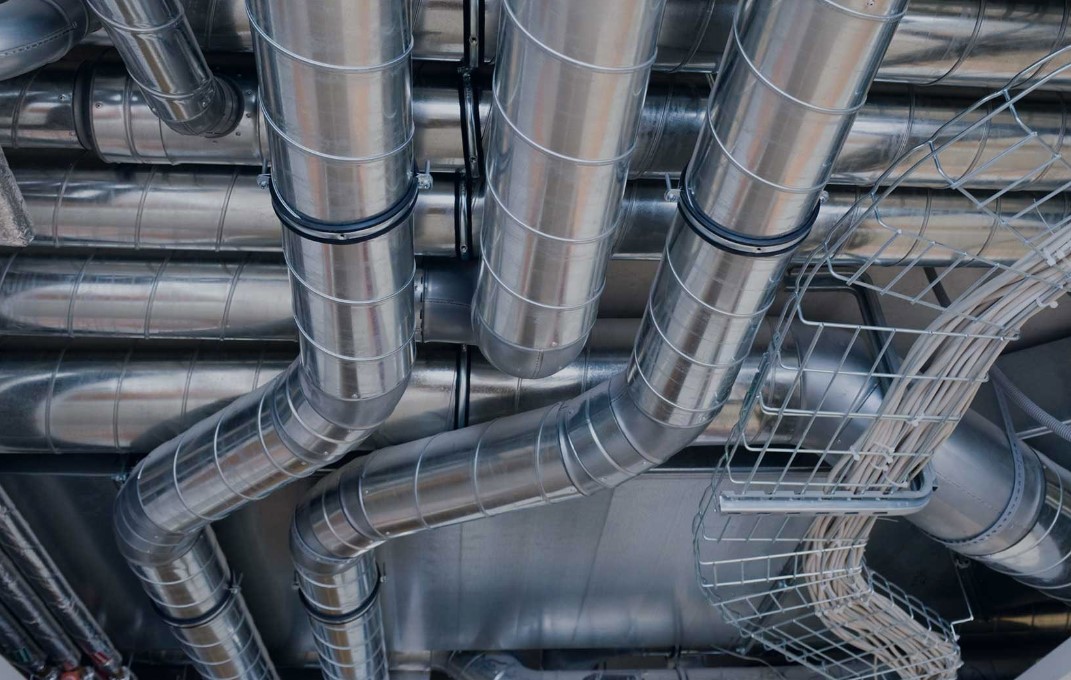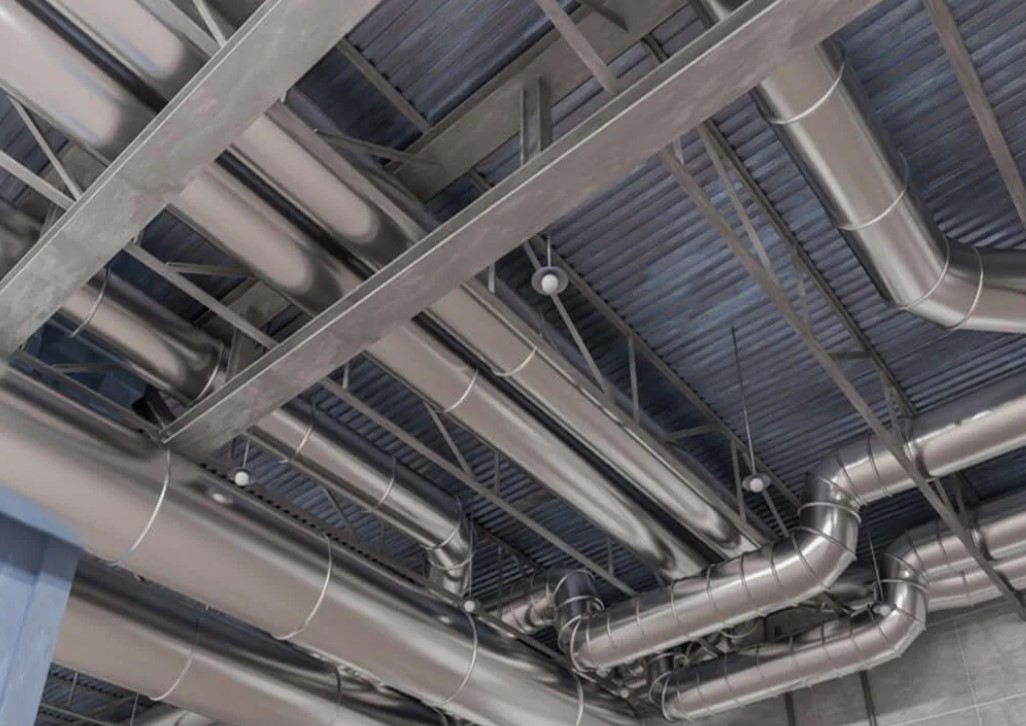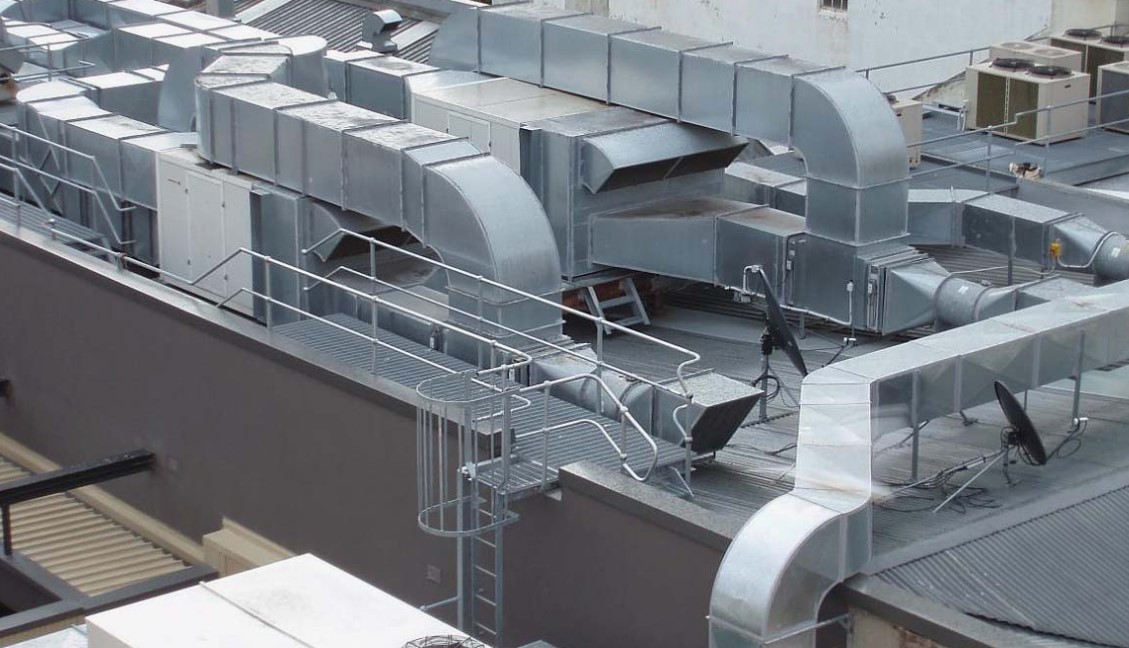
Heating, ventilation, and air conditioning (HVAC) systems are integral to building operations, ensuring comfort and air quality. Effective duct installation requires robust structural support to maintain alignment, stability, and safety. C channels, especially stainless steel variants, are essential components in HVAC systems. They provide the necessary support framework for ductwork and ensure smooth installation. This article explores the significance of C channels in HVAC systems and their practical application, with specific relevance to the construction landscape of Dubai and the UAE.
Overview of C Channels in HVAC Systems
C channels are structural components shaped like the letter “C,” used to support mechanical systems, including ductwork in HVAC installations. These channels provide a sturdy framework that supports the weight of ducts, ensuring they remain aligned and secure. HVAC systems often require extensive duct networks, and the use of C channels helps distribute the load evenly, reducing strain on individual sections. Proper alignment facilitated by C channels also ensures optimal airflow, preventing energy losses within the system.
Material Advantages of Using C Channels
Stainless steel C channels are preferred in environments where resistance to corrosion and high durability are critical. Given the UAE’s coastal conditions, construction materials must withstand humidity, salinity, and temperature fluctuations. The stainless steel C channel meets these requirements, offering a long-lasting solution for HVAC system installations. Additionally, the material’s strength-to-weight ratio ensures ducts are securely held in place without unnecessary bulk, which is especially beneficial in space-constrained areas.

C Channels in Duct Installation and Alignment
Duct systems must remain level and properly spaced to maintain efficient airflow. C channels serve as guides during installation, ensuring ducts are positioned accurately according to the building’s design plans. These channels also accommodate adjustable hangers and clamps, allowing technicians to fine-tune duct placement during or after installation. Proper alignment prevents bends or blockages in the airflow, ensuring the HVAC system functions at peak efficiency.
Fire Safety Considerations
Dubai and the UAE have stringent fire safety regulations, especially in commercial and residential buildings. C channels help HVAC systems comply with these safety standards by providing structural support to fire-rated ducts and exhaust systems. Fire-rated ducts are crucial for smoke extraction in emergencies, and the use of reliable C channels ensures these ducts remain secure under extreme conditions, minimizing risks. For more details on fire safety regulations, visit the Dubai Civil Defence website.
Vibration Control in HVAC Systems
Duct systems generate vibrations during operation, which can affect structural integrity and cause noise. C channels play a role in reducing vibration by securely holding ducts in place. Additional components such as rubber gaskets can be integrated with C channels to further absorb vibrations, ensuring quieter operation. This is particularly important for HVAC systems in office buildings and hospitals where noise reduction is essential for comfort and functionality.
Load Distribution and Structural Support
HVAC systems require strong support frameworks to bear the weight of ducts, vents, and insulation materials. The design of C channels allows them to distribute loads evenly across multiple points, reducing the stress on ceilings, walls, and beams. This is particularly valuable in large commercial spaces and high-rise buildings, which are common in Dubai and the UAE. The use of C channels prevents structural sagging and ensures that the HVAC system remains stable over time.
Compliance with UAE Construction Standards
The UAE enforces strict construction standards to ensure building safety and performance. HVAC installations must comply with guidelines related to load-bearing structures, fire safety, and material quality. C channels play a key role in helping contractors meet these requirements by ensuring that duct systems are properly supported and aligned. Contractors working on projects in Dubai must follow installation protocols outlined by regulatory bodies to avoid safety violations and ensure building code compliance.
Maintenance and Access Facilitation
HVAC systems require periodic maintenance to ensure optimal performance. C channels facilitate maintenance by providing accessible routes for technicians to inspect and repair duct systems. Removable panels and adjustable hangers attached to C channels allow easy access to specific sections of the ducts. This simplifies maintenance tasks and reduces downtime, ensuring HVAC systems remain operational with minimal disruption to building occupants.

Modular and Pre-Fabricated Systems in HVAC
In large-scale construction projects, modular HVAC systems are becoming increasingly popular due to their efficiency and ease of installation. C channels play a vital role in these modular systems by supporting pre-fabricated duct sections. Modular installations minimize the time spent on-site and reduce exposure to environmental conditions, which is particularly advantageous in the UAE’s extreme climate. Using C channels ensures that modular components align perfectly during assembly, streamlining the installation process.
Corrosion Resistance and Longevity
Corrosion is a significant concern in the UAE, particularly in coastal areas where salt and moisture levels are high. Stainless steel C channels offer superior corrosion resistance, making them ideal for HVAC installations in these environments. This resistance ensures that the structural integrity of the duct framework remains intact over time, reducing the need for frequent replacements or repairs. Corrosion-resistant materials also help maintain the performance of the HVAC system by preventing component failure.
Conclusion
The use of C channels in HVAC systems and duct installations provides essential structural support, ensuring alignment, stability, and ease of maintenance. In the UAE, where environmental conditions demand high-performance materials, stainless steel C channels are a practical solution. These channels offer load distribution, vibration control, and fire safety compliance, making them indispensable in modern HVAC installations. By integrating C channels into duct systems, contractors and engineers in Dubai can enhance the efficiency and reliability of HVAC operations, meeting both regulatory requirements and operational demands.

Hiking addict, ramen eater, music blogger, Swiss design-head and screen printer. Operating at the fulcrum of design and function to craft meaningful ideas that endure. Check me out on Dribbble or Medium.